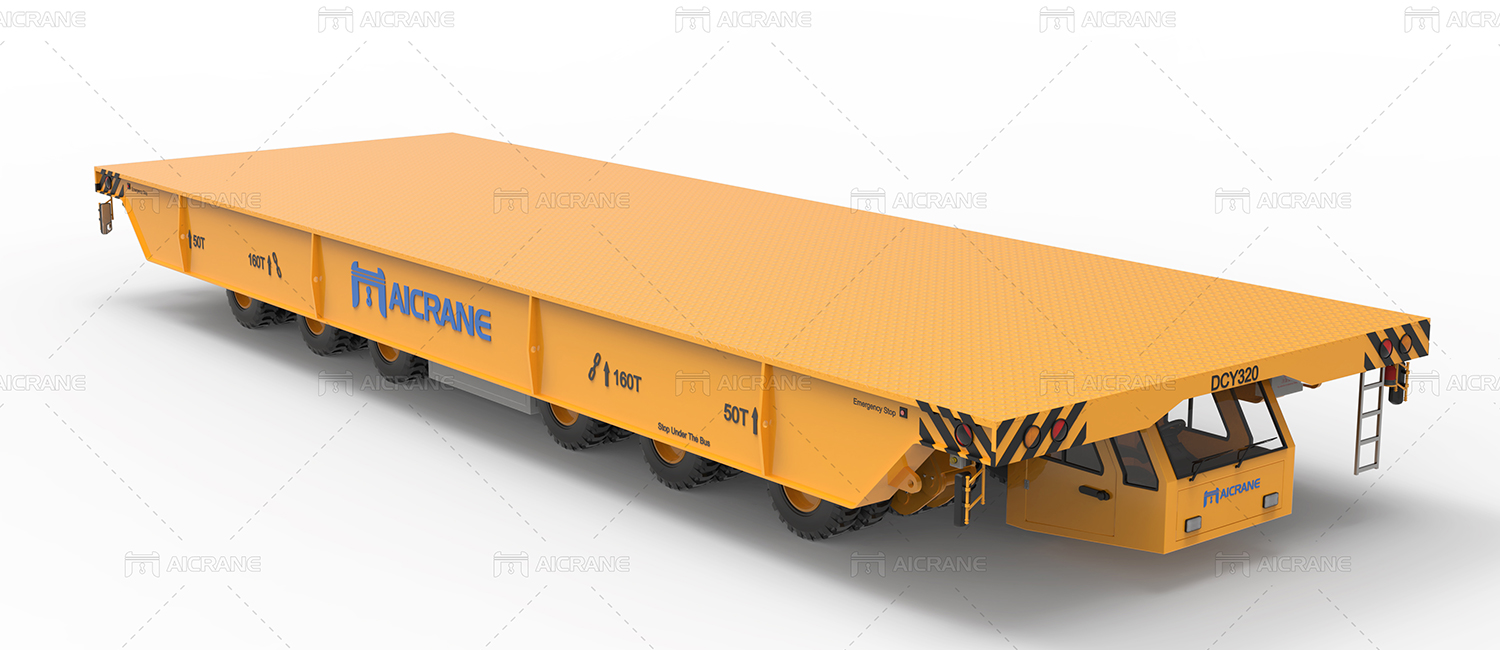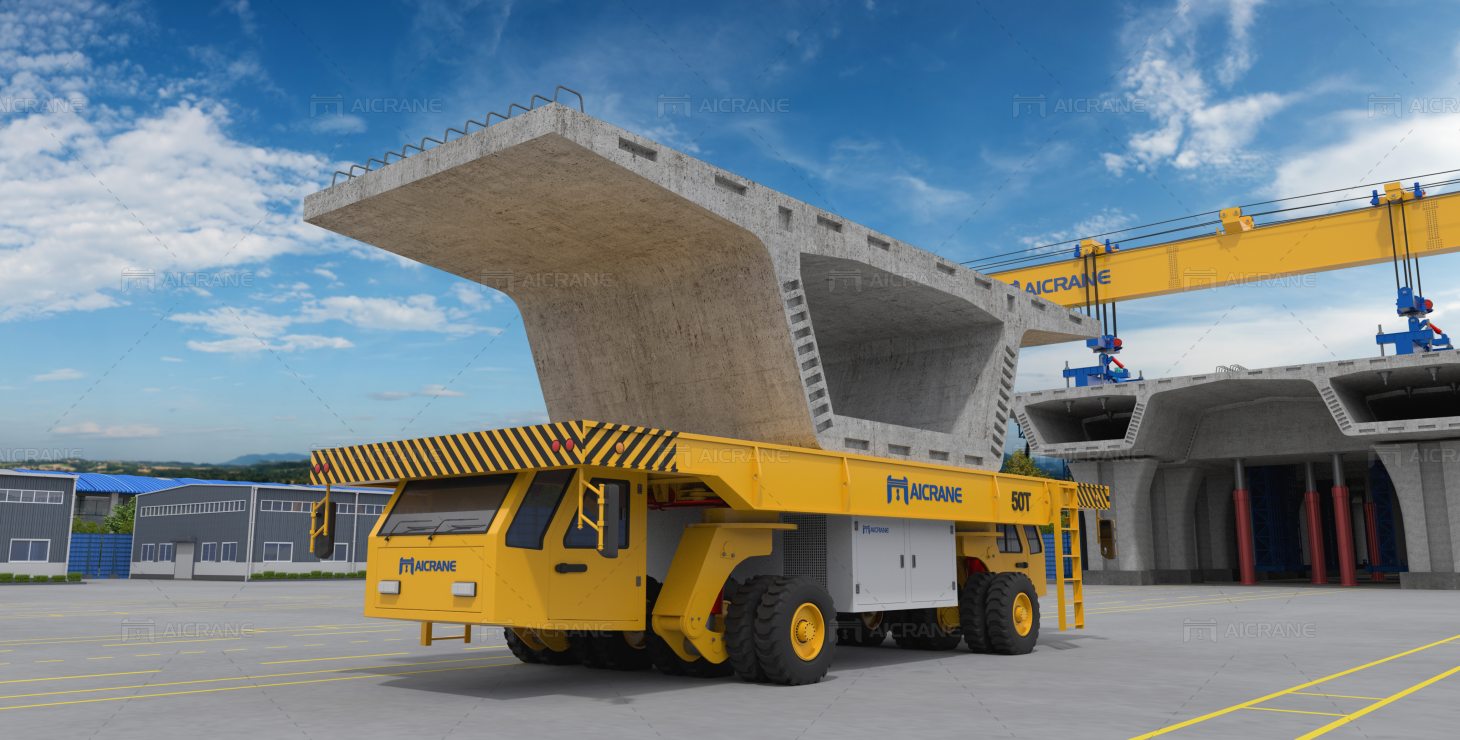In the realm of industrial logistics, the movement of heavy loads has always been a formidable challenge. However, with the advent of hydraulic transport technology, we find ourselves at the brink of a revolution in the way we transport massive cargoes. This article explores the groundbreaking innovations propelling hydraulic transporters into the future and reshaping the landscape of heavy load movement.
The Essence of Hydraulic Transporters
Hydraulic transporters are marvels of engineering that leverage fluid power to move heavy loads with precision and efficiency. Unlike traditional transport methods, these systems utilize hydraulic cylinders to lift, lower, and propel massive payloads. The fluid-driven nature of hydraulic transporters provides a level of control and stability that is unparalleled in the world of heavy load logistics.

Precision in Motion
One of the key advantages of hydraulic transport technology lies in its ability to provide precise control over heavy loads. Hydraulic systems allow for gradual and smooth movements, ensuring that delicate or valuable cargo is transported without the risk of sudden jolts or impacts. This precision is essential in industries where even the slightest misalignment can have significant consequences.
Versatility Across Industries
Hydraulic transporters have found applications across a diverse range of industries. From manufacturing and construction to shipbuilding and aerospace, these systems have proven their versatility in handling various types of heavy loads. The ability to adapt to different environments and load configurations makes hydraulic transporters indispensable in modern industrial operations.
Remote Control and Automation
The future of heavy load movement lies in the hands of automation and remote control. Advanced hydraulic transporters are now equipped with sophisticated control systems that allow operators to manage the entire transport process remotely. This not only enhances safety by reducing the need for human presence in hazardous zones but also improves overall efficiency through optimized control algorithms.
Sustainability in Action
As the world becomes more conscious of environmental impact, hydraulic transport technology is evolving to meet sustainability goals. Efforts are underway to enhance the energy efficiency of these systems, exploring innovative hydraulic designs and incorporating regenerative technologies. This move towards sustainability aligns hydraulic transporters with the broader push for greener industrial practices.
Integration with IoT and Data Analytics
The future of heavy load movement is not just about power but also about intelligence. Hydraulic transporters are increasingly integrating with the Internet of Things (IoT) and data analytics. This connectivity allows for real-time monitoring of performance, predictive maintenance, and data-driven insights that contribute to improved operational efficiency and cost-effectiveness.

Overcoming Terrain Challenges
Whether it’s rough construction sites or uneven landscapes, hydraulic transporters are designed to overcome terrain challenges. Their robust construction and ability to adapt to different surfaces make them ideal for navigating through environments that would be difficult for traditional transport methods. This adaptability positions hydraulic transporters as key players in large-scale construction projects and infrastructure development. Hydraulic platform transporter can work with straddle carrier crane and launching gantry crane for bridge construction project.
Collaboration with Robotics
The synergy between hydraulic transporters and robotics is opening new possibilities in heavy load movement. Collaborative efforts are underway to integrate robotic systems with hydraulic transport technology, allowing for intricate movements and precise positioning of heavy loads. This collaboration is particularly beneficial in industries where intricate assembly processes are involved.
Challenges and Future Prospects
While hydraulic transporters offer immense potential, challenges such as initial costs, maintenance, and system complexity need to be addressed. However, ongoing research and development are focused on making these systems more cost-effective, user-friendly, and reliable. The future of heavy load movement with hydraulic transport technology holds promise, with continuous advancements expected to overcome current limitations.
Conclusion
Beyond limits and traditional constraints, hydraulic transport technology is spearheading a transformative era in heavy load movement. With precision, versatility, and a commitment to sustainability, these systems are reshaping how we approach industrial logistics. The integration of automation, connectivity, and collaboration with emerging technologies ensures that hydraulic transporters are not just tools for today but indispensable assets for the future of heavy load movement. As we stand on the cusp of this hydraulic revolution, the journey beyond limits has only just begun. To know more and would like to get a suitable material handling solution, you can just click here for your reference https://aicraneglobal.com/.